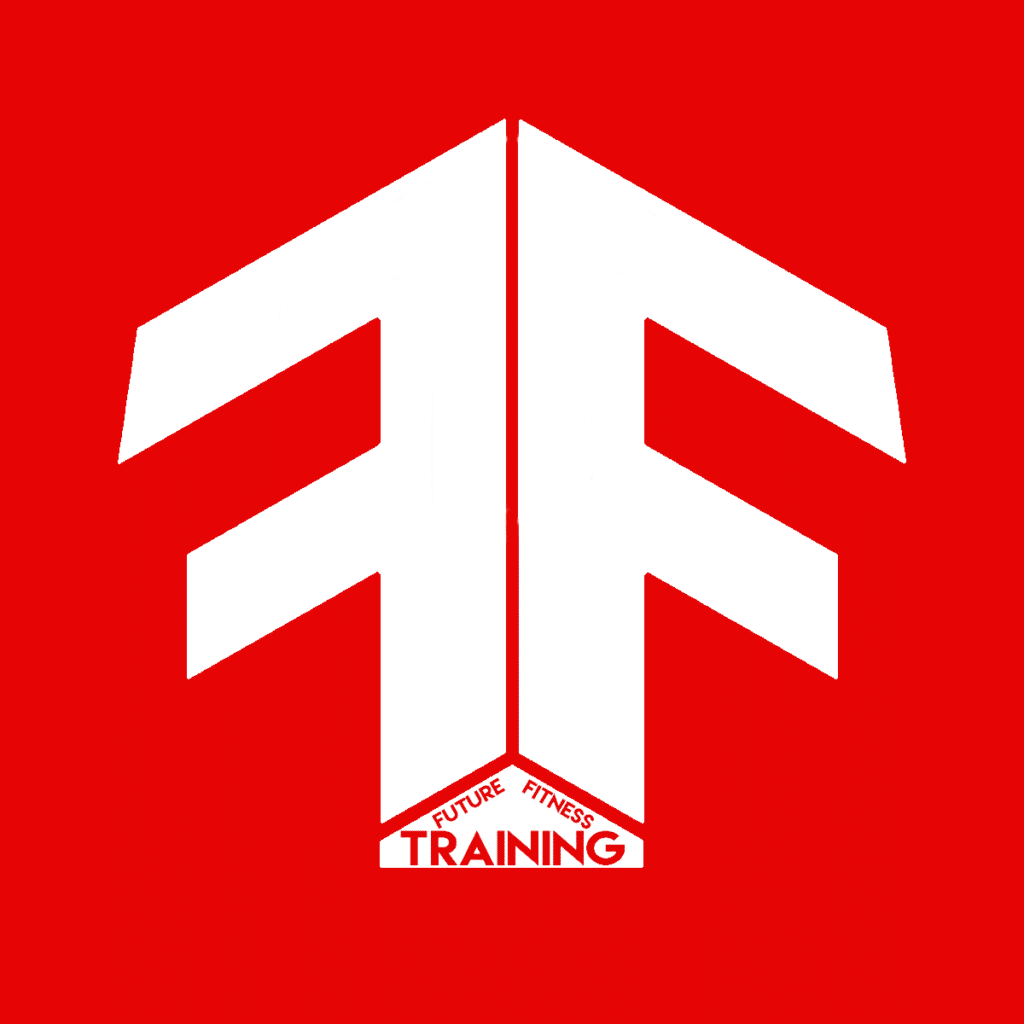40 is the new 20, as the old saying goes. Many people dread the aging process, but the truth is that if you take care of yourself, age is something you can actually look forward to with eager anticipation—believe it or not. But in order to make the passing of time a blessing and not a burden, you have to live a healthy lifestyle.
For this reason, strength training after 40 (even if it’s only a few times per week) is one of the best things you can do for your health and overall quality of life. In today’s post, we’ll explore why you should start (or continue) your physical fitness journey at 40 and beyond. Keep reading to learn more.

The Importance of Strength Training After 40
Whether you’re trying to build lean muscle mass, improve your cardiovascular health, or reach any other fitness goals, strength training after 40 is a necessity. The good news is that it only takes a few sessions per week with a detailed strength program to enjoy the benefits. So, even with a busy schedule, you can still make progress.
Here are some of the advantages of strength training after 40:
- Improved ability to do day to day activities
- Increased physical strength
- Better sleep quality
- Reduction in body fat
- Lower risk of injury with daily activities
Overall, strength training after 40 can have a profound impact on your entire body. Everything from your brain health to your energy levels will improve with a consistent strength training regime. And the best part is that you don’t have to do it on your own. Our personal trainers at Future Fitness Training are here to guide you every step of the way with tailored workout advice.
Benefits of Strength Training for Individuals Over 40
Regardless of your current fitness level, strength training after 40 can yield enormous benefits. Many of these benefits go far beyond physical strength. Let’s take a closer look at some of the advantages that these gym sessions can provide.
Enhanced Bone Density
Strength training after 40 can make your bones stronger and more robust. As a result, you’ll have the muscle support required to live a normal, healthy lifestyle. Attend social events, play sports with your kids, or simply enjoy the range of motion that comes with bone health.
Other advantages of enhanced bone density include:
- Better posture
- More youthful appearance
- Enhanced athletic performance
- Better quality of life
Better bone health gives you more balance and coordination. As a result, you’ll reduce your risk of falls and improve your daily performance. This makes strength training one of the best types of exercise to engage in regardless of your age.
Boost in Metabolic Rate
Your metabolic rate is the amount of energy you expend throughout the day. While you’re resting, the metabolic rate is referred to as the basal metabolic rate (or BMR). And it’s during these rest periods where you’ll have a low BMR compared to when you’re engaged in physical activity.
One of the benefits of strength training after 40 is that it boosts your metabolic rate. This helps with weight loss, improves sleep quality, and contributes to a happier life.
Better Mental Health
One of the long-term benefits of strength training after 40 is that it can improve your mental health. In fact, one study published in 2023 found that weight training helps to relieve anxiety and depression symptoms. These findings prove that maintaining physical function and minimizing body fat through conditioning sessions is essential for your mental health.
As a result, a consistent strength training program is critical not only for building muscle or other fitness goals but also for your own cognitive well-being. And this is not to say you have to fit it into your daily schedule; weight training, even two or three days a week, is enough to enjoy some of these enormous benefits.

Effective Strength Training Techniques
It’s one thing to get into the gym for a workout, and it’s another to perform those exercises correctly. A regular exercise regimen requires proper techniques to lower injury risk, ensure your safety, and enjoy the long-term benefits. Of course, you can (and should) always turn to your personal trainer for guidance.
However, you can also do some preliminary study to self-educate as well. Here are a few simple ways to use the correct form in your weight training workout.
Use Proper Strength Training Movement
Using correct form is an absolute necessity, especially if you’re strength training after 40.
Your injury risk increases with age. As a result, it becomes even more critical to ensure that you’re performing the movements correctly. This is where speaking to a trainer for guidance can be useful. They will guide you on how to use the correct form, range of motion, and any other aspect of fitness so you can get the most out of your weight training workout.
And this is important because even a regular exercise regime can become compromised if you’re not using the proper strength training movement.
Slowly Build up to the Heavier Weights
Naturally, strength training after 40 brings a higher level of injury risk.
For this reason, it’s important to take things slow in your gym sessions, even if you already live a healthy lifestyle and are quite physically active. Start with the lighter weights that you can lift with ease (using proper form and technique) and build up to the heavy weights over time.
This is a tried-and-true method; it’s referred to as progressive overload.
It’s a common resistance training strategy that will help you improve physical function, muscle growth, and also drastically reduce your injury risk. If you need help deciding what weights are the best starting point for you, our professional trainers at Future Fitness Training can help guide you through that process.
Incorporate Compound Exercises
Compound movements are, simply put, exercises that engage more than one muscle group in the body.
And any professional trainer will tell you that they are essential for a regular exercise program. In fact, compound movements will help with muscle strength and body fat reduction as they tend to burn more calories than isolation exercises (which only engage one muscle group at a time). As a result, compound exercises are critical for strength training after 40.
Here are some examples of compound exercises you can add to your weight training workout:
- Dips
- Pull-ups
- Deadlifts
- Benchpress
- Barbell squats
- Overhead press
- Bent-over row
- Bench step-ups
View compound movements as your training aids that can help develop bulky muscles, control hormonal response, improve cardiovascular fitness by increasing blood flow, and contribute to an overall happier life. As a result, they are among the core weight training principles that are essential to a regular exercise regimen.
However, safety should always be kept in mind during strength training.
Remember the concept of form over weight: it’s better to use lighter weights with proper form than heavier weights with poor form. And if you’re ever in doubt, consult with a trainer for guidance—that’s how you’ll get the most out of your full-body workouts.
Take Time to Rest and Recover
A consistent strength training program is essential as we age.
But that doesn’t mean you should ignore rest and recovery. As a matter of fact, these components are absolutely critical when strength training after 40. In truth, it’s critical at any age; however, it becomes even more important as we get to our more mature stages of life.
Lifting weight creates micro-tears in your muscle fibers.
Now, here comes the good part: When you give yourself that time to recover, you are also giving your muscles the rejuvenation they need to heal and come back stronger.
In fact, that’s how muscle is built.
It’s just as critical to give your muscles rest and recovery as it is to challenge them in the gym. You need both sides of the equation for your muscles to grow and strengthen.
Professional Guidance in Strength Training
Strength training after 40 can be confusing.
How often should you train? Should you use machines or free weights? How often should you modify your workout to avoid injuries? What are the best types of exercises that will help you reach your specific fitness goals? This overwhelming number of questions will usually stop people from getting strength training in the first place.
The solution? Consider a personal trainer for guidance.
A personal trainer can answer your questions and address your concerns in the realm of strength training. What’s more, they can help you create a tailored program with age-appropriate workout routines so you can reach your fitness ambitions through effective goal setting.
And the best part is that we at Future Fitness Training have a roster of certified personal trainers.
So, whether you want to lose weight, build muscle, tone up, or anything in between, our online or in-club training can help.
Long-term Advantages of Consistent Training
Optimal health and fitness is a lifelong journey.
The good news is that it can have incredible long-term benefits. So, if you’re beginning strength training after 40, you start at an exceptional time (provided you stick with it). Here are some of the advantages of a consistent long-term strength training routine:
- Better quality of life
- More independence with age
- Better body composition
- More muscle strength
- Healthy body weight
- Reduced risk of cardiovascular diseases
- Increased testosterone levels
These are just a few of the many advantages of a consistent strength regime. And all you need is a successful workout program, proper nutrition, and a commitment to healthier lifestyle choices.
How to Safely Initiate a Strength Training Regimen
Strength training after 40 requires a bit of tact.
Obviously, you can’t delve into high-intensity training the way your 20-year-old self could. However, that doesn’t mean it can’t still be done in your more seasoned years. All that’s required is a slower, more modest approach with a mindful consideration of safety.
Here are a couple of simple ways to get started.
Assess Your Current Fitness Level
If you’re naturally athletic with a solid build and great body composition, you probably won’t need very much “hand holding.”
However, if you haven’t seen the inside of a gym since high school, you may want some assistance getting started. There is nothing wrong with that. Consider working more closely with a personal trainer who can guide you through the process.
Set Realistic Goals
Goal setting is crucial, but it’s important to be realistic with your aims.
Setting realistic fitness goals makes success feel more tangible and helps create a sense of excitement and momentum on your journey. As a result, you’ll be more likely to stay the course when things become difficult or you hit a slump.
Of course, you can always lean on your personal trainer for motivation and accountability when you hit those low points.
Ready to Start Strength Training? Book a Free Fitness Assessment Today
Strength training after 40 can feel intimidating.
You’re stepping into a new, unknown world and that it will be an overwhelming experience; however, the good news is that you don’t have to do it alone. We at Future Fitness Training are here to guide you every step of the way.
Our certified personal trainers care deeply about your fitness success. So, if you’re ready to get started, contact us today to book a free fitness assessment.




